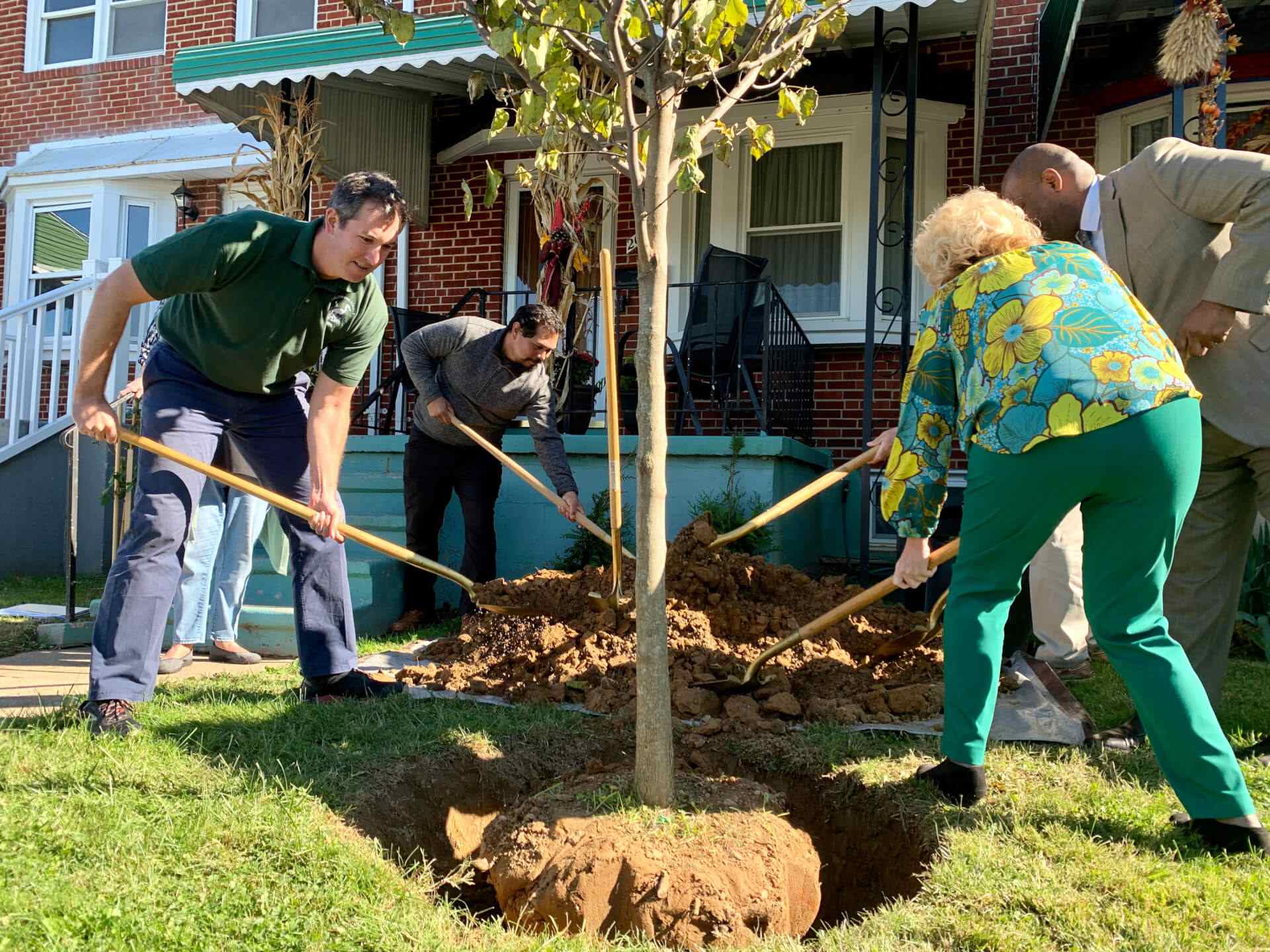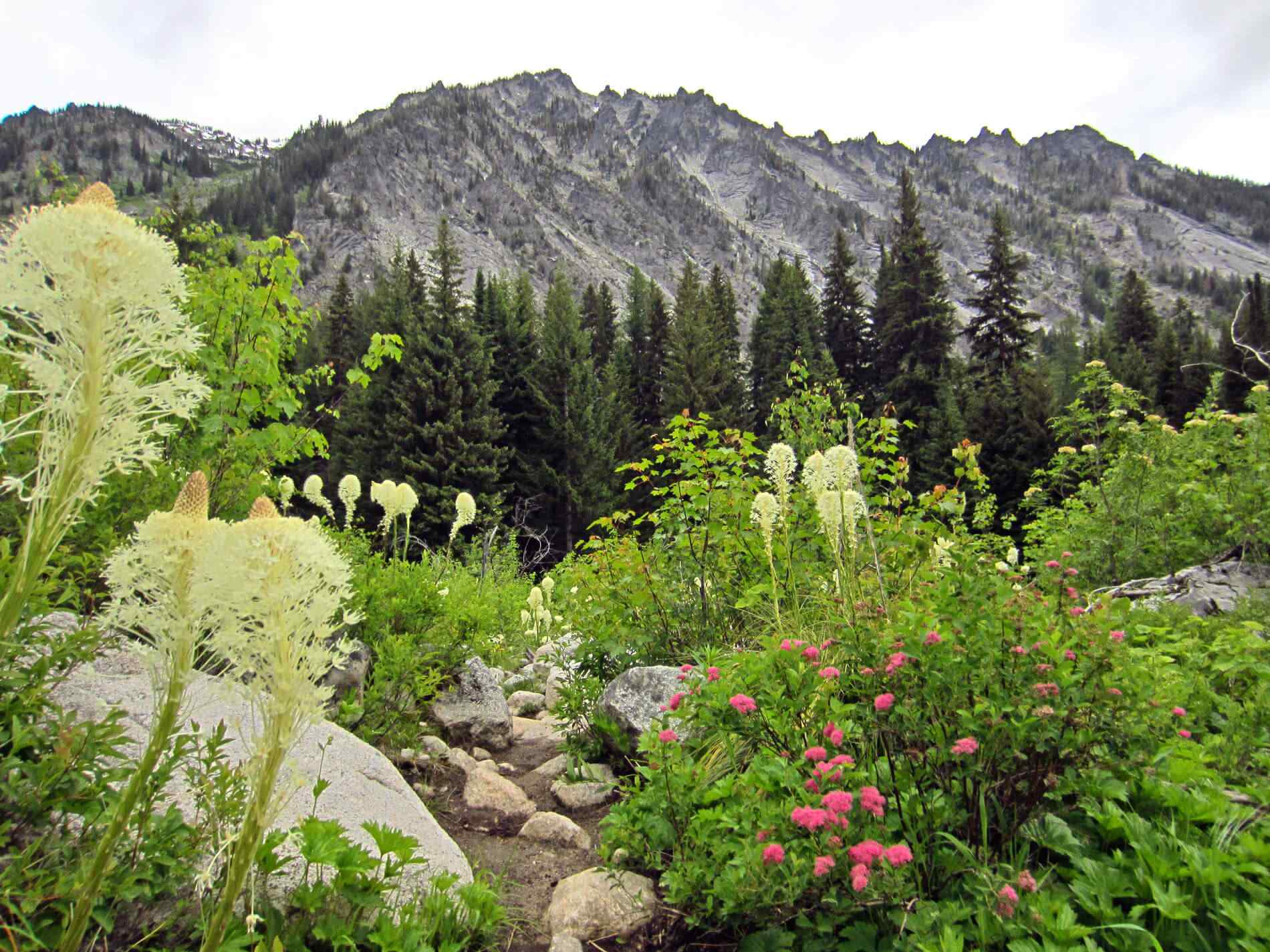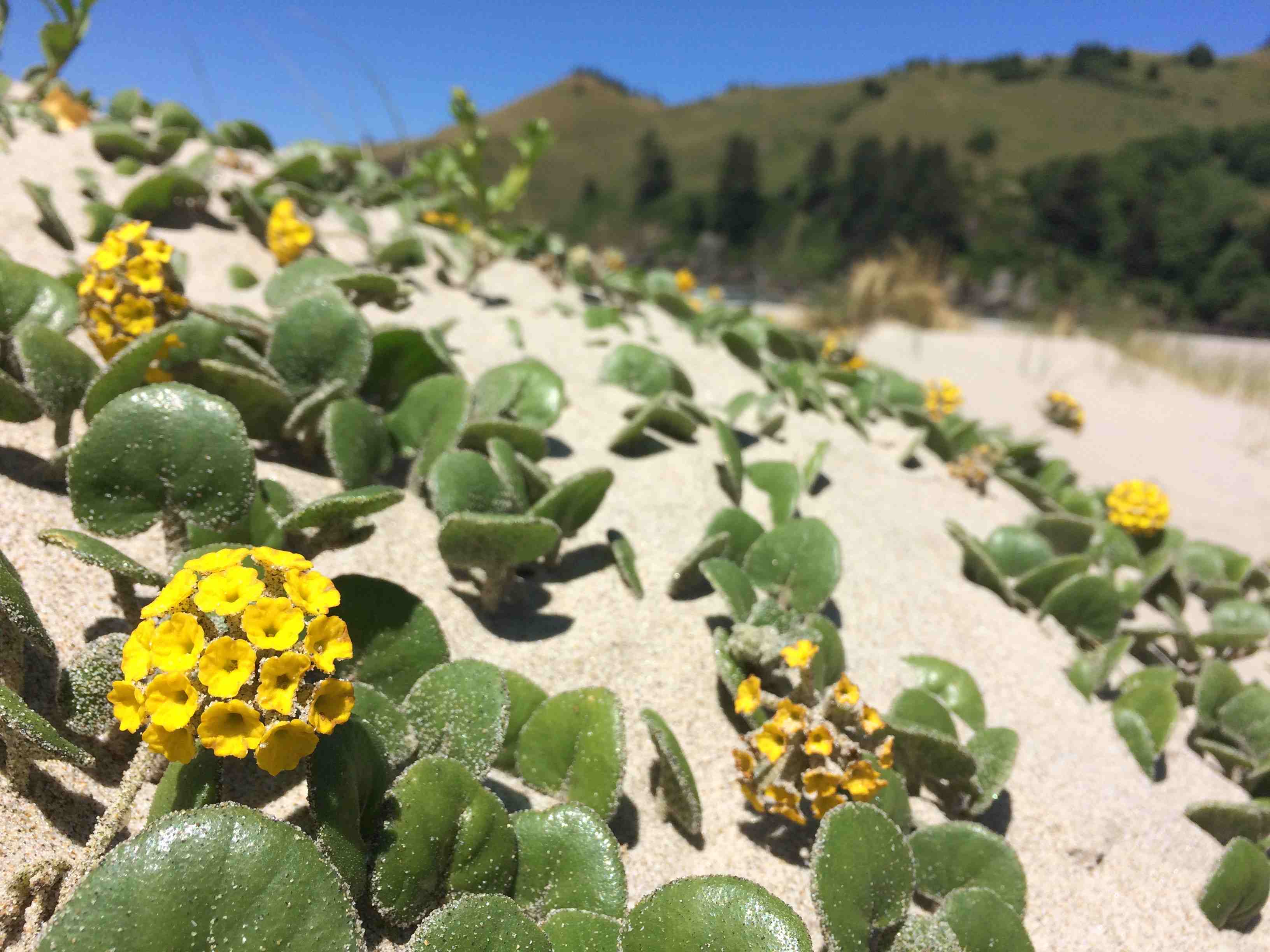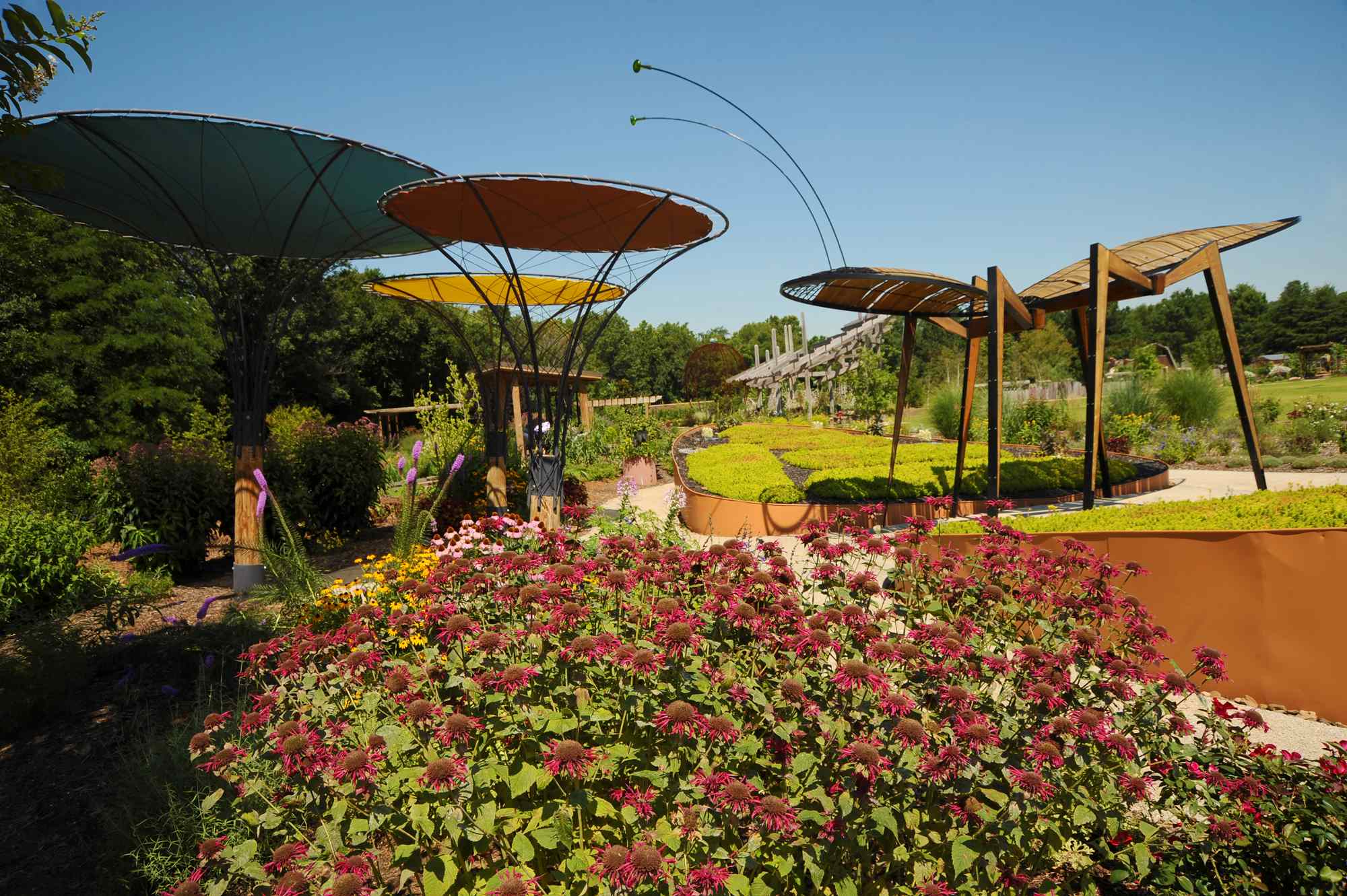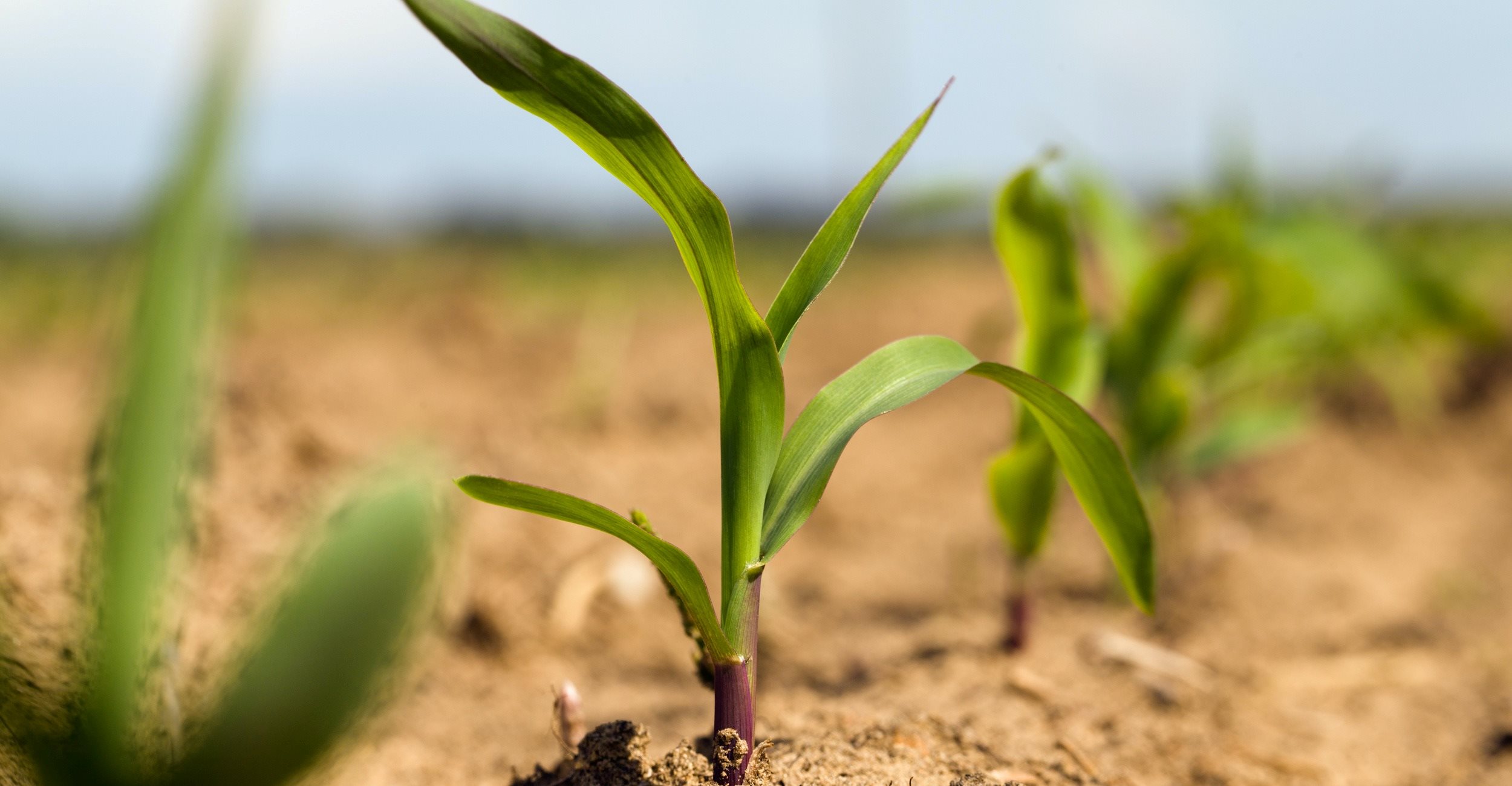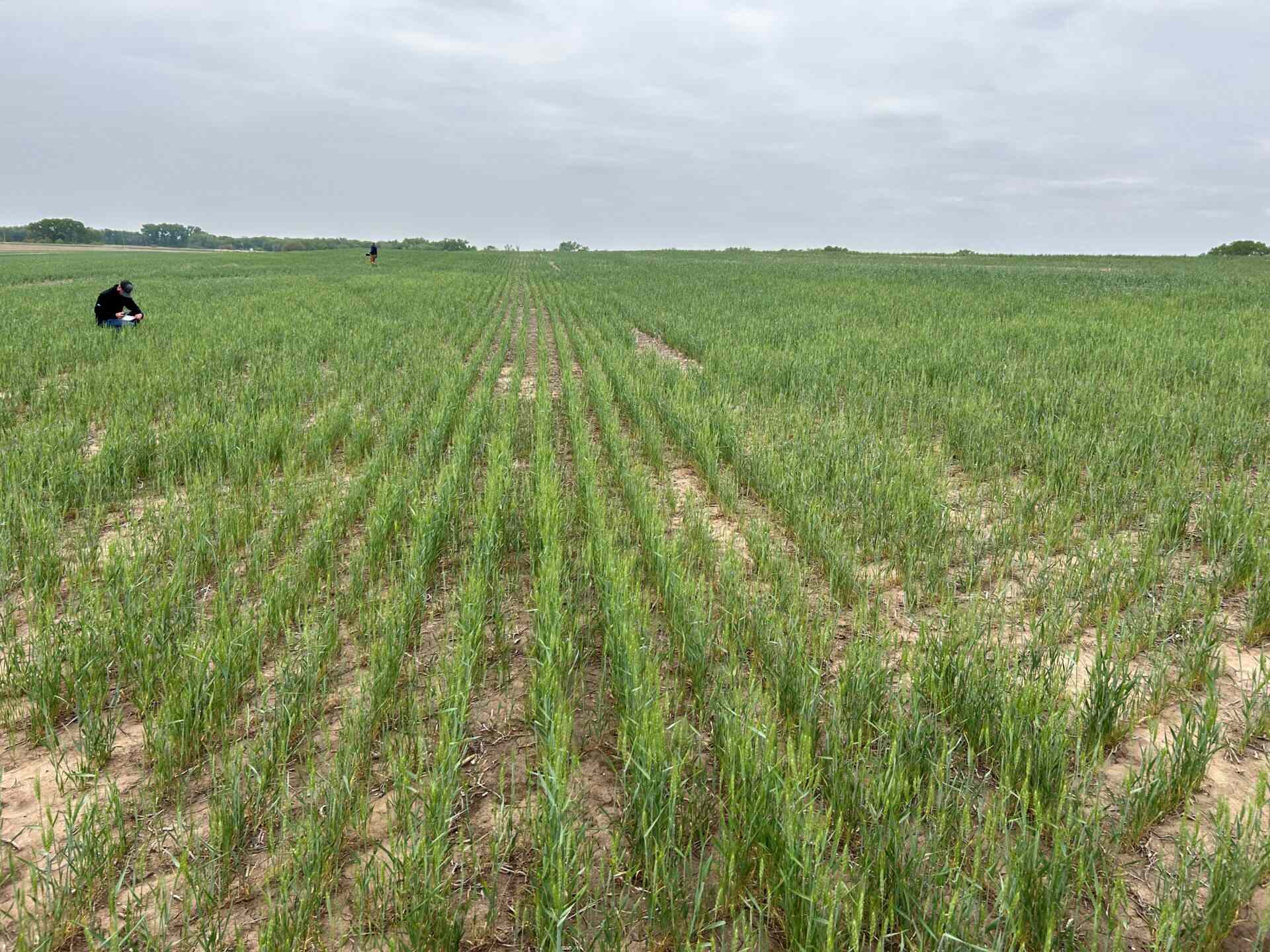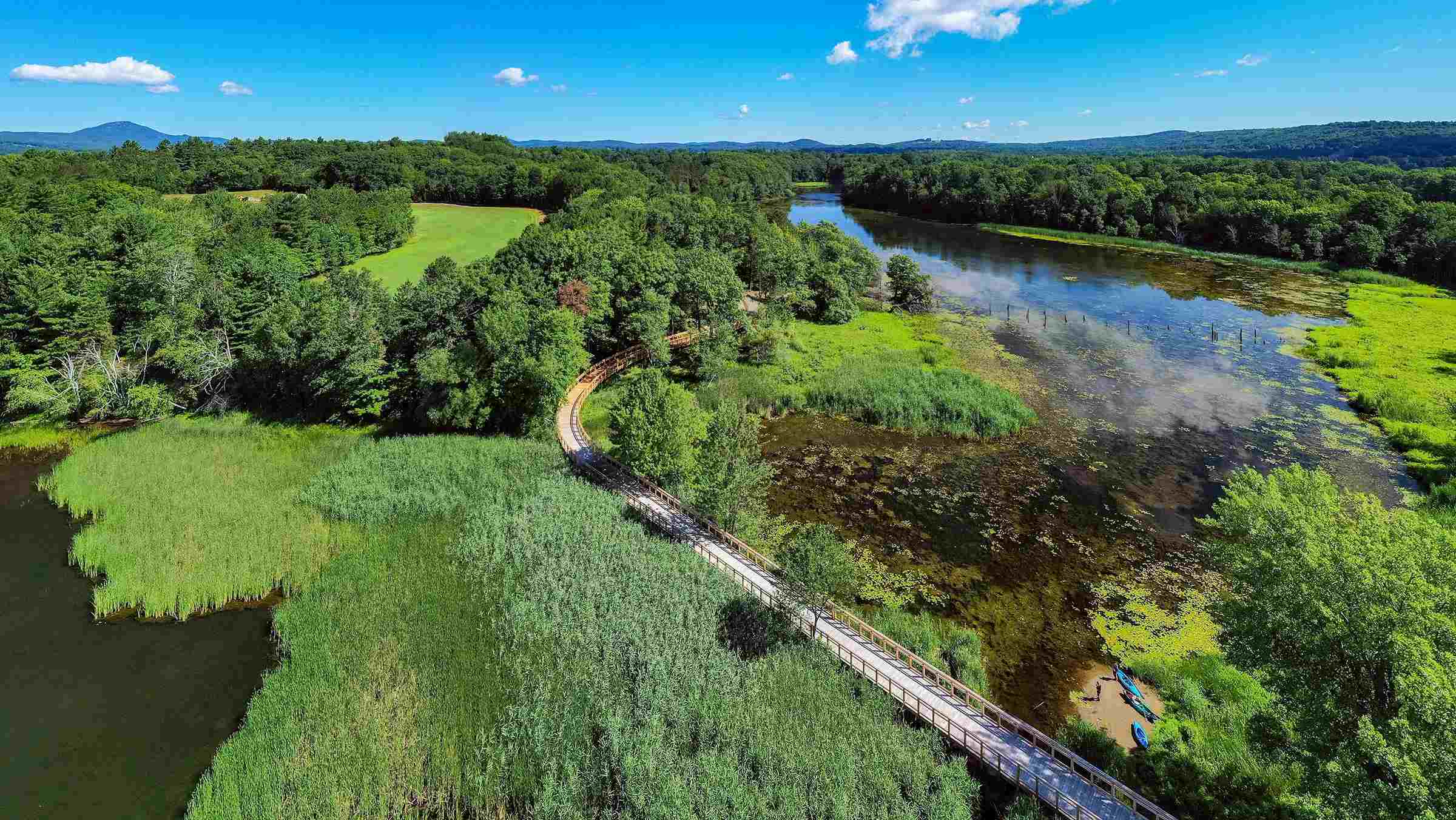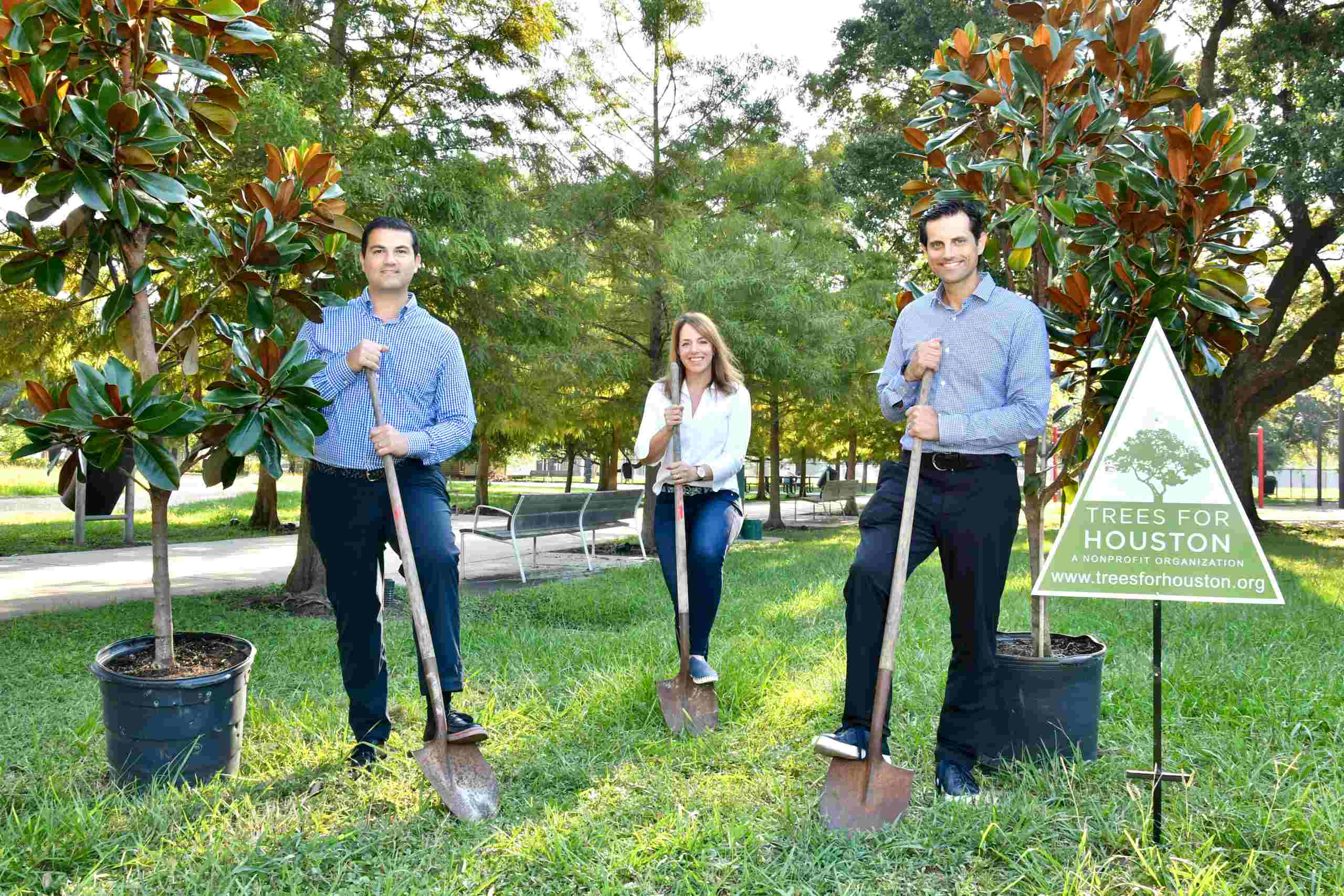Home>Gardening Basics>Understanding Soil>What Planting Zone Is Atlanta Georgia
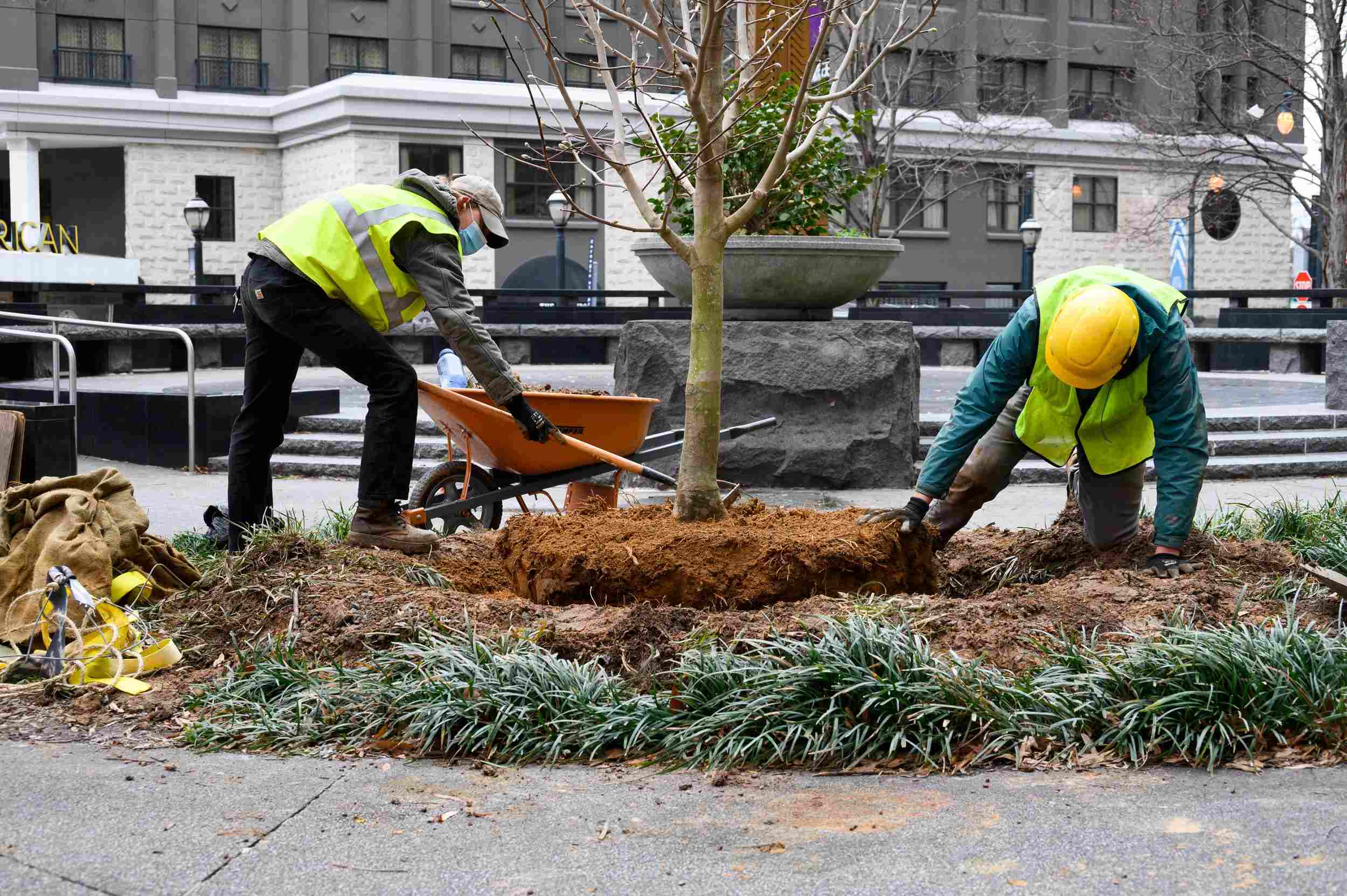

Understanding Soil
What Planting Zone Is Atlanta Georgia
Modified: February 6, 2024
Discover the right soil for your Atlanta Georgia garden with our comprehensive guide. Understand your planting zone and how to optimize soil conditions for your plants.
(Many of the links in this article redirect to a specific reviewed product. Your purchase of these products through affiliate links helps to generate commission for Chicagolandgardening.com, at no extra cost. Learn more)
Table of Contents
Introduction
Welcome to Atlanta, Georgia, a city known for its vibrant culture, historic landmarks, and beautiful landscapes. If you’ve recently moved to Atlanta or are considering starting a garden in this thriving metropolis, it’s essential to understand the concept of planting zones. Planting zones are geographical areas that provide valuable information about the climate and environmental conditions necessary for successful gardening. By identifying Atlanta’s specific planting zone, you can make informed decisions about what plants and flowers will thrive in your garden.
Understanding planting zones is crucial because it helps gardeners select the right plants that can withstand the local climate and thrive in their specific area. The United States Department of Agriculture (USDA) developed a classification system known as the Plant Hardiness Zone Map, which provides valuable information about the different zones across the country. These zones are determined based on the average annual minimum temperature and are crucial in determining the suitability of certain plants for a particular region.
Factors such as temperature, precipitation, and elevation can significantly impact the planting zone of a specific area. Atlanta, Georgia, with its humid subtropical climate, experiences mild winters and hot, humid summers. The city’s unique combination of factors influences its planting zone and determines which plants are most likely to thrive.
In this article, we will explore the planting zone classification for Atlanta, Georgia, and provide a list of suitable plants for this region. Whether you’re an experienced gardener or a beginner with a green thumb, this guide will help you make informed decisions about your Atlanta garden and enable you to create a beautiful and thriving outdoor space.
Understanding Planting Zones
Planting zones play a vital role in gardening and landscaping. They provide valuable information for gardeners about the specific environmental conditions necessary for plants to thrive. By understanding planting zones, you can choose plants that are well-suited to your climate and ensure successful growth and development.
The United States Department of Agriculture (USDA) developed the Plant Hardiness Zone Map to classify different regions based on their average annual minimum temperatures. This map divides the United States into 13 zones, each representing a specific temperature range. The zones range from Zone 1, which experiences extremely cold temperatures, to Zone 13, which has the mildest climates.
Each zone has a range of average annual minimum temperatures, typically separated by a 10-degree Fahrenheit difference. For example, Zone 6 represents areas with average minimum temperatures ranging from -10°F to 0°F, while Zone 7 encompasses regions with minimum temperatures between 0°F and 10°F.
When selecting plants for your garden, it’s essential to choose those that are suitable for your specific planting zone. Plants that are native to or adapted to your zone are more likely to thrive and be resilient to local environmental conditions. These plants have evolved to tolerate the temperature ranges and weather patterns of your region, making them better equipped to withstand temperature extremes, frost, and other climatic factors.
Understanding your planting zone also helps with timing your planting and gardening activities. Different plants have specific temperature requirements for germination and growth. By consulting your planting zone information, you can determine the best time to start seeds indoors, transplant seedlings outdoors, or directly sow seeds into the ground.
It is important to note that while planting zones are a helpful starting point, they are not the sole factor in determining a plant’s suitability for a specific region. Other factors, such as soil type, moisture levels, and sun exposure, also play a significant role in a plant’s overall success. Therefore, it’s essential to consider all these factors in conjunction with your planting zone to create a thriving and healthy garden.
Factors Affecting Planting Zones
Several key factors influence the classification of planting zones and the suitability of certain plants for specific regions. Understanding these factors can help gardeners make informed decisions about plant selection and ensure the successful growth of their gardens. Here are some factors that affect planting zones:
Temperature: Temperature is one of the most significant factors in determining planting zones. Each zone represents a specific range of average annual minimum temperatures. Higher zones are associated with warmer climates, while lower zones indicate colder regions. The average winter temperature is a critical factor in determining a plant’s ability to survive in a particular zone.
Climate: Climate encompasses factors such as temperature, rainfall, humidity, and sunlight. The combination of these factors determines the overall environmental conditions that plants will experience in a particular zone. A region with a tropical or arid climate will have different planting requirements compared to a region with a temperate or continental climate.
Elevation: Elevation plays a crucial role in determining the temperatures experienced in a specific area. As elevation increases, temperatures typically decrease. This means that areas at higher elevations might have cooler temperatures and shorter growing seasons compared to lower-lying regions. Understanding the elevation of your gardening location is important for selecting plants that can tolerate the specific temperature ranges associated with higher elevations.
Microclimates: Microclimates refer to small-scale variations in climate that occur within a larger region. Factors such as buildings, water bodies, and vegetation can create microclimates that differ from the general climate of the surrounding area. These microclimates can influence temperature, wind patterns, and moisture levels. It’s essential to consider any microclimates in your garden when selecting plants, as they may deviate from the overall planting zone classification.
Geographic Features: The geographic features of an area, such as mountains, bodies of water, and proximity to the coast, can significantly impact the local climate and planting conditions. Mountains can create rain shadows and influence wind patterns, while bodies of water can moderate temperatures and increase humidity. Coastal regions may have milder winters and more humid conditions compared to inland areas.
Soil Type and Composition: The soil type and composition in a region can affect a plant’s ability to grow and thrive. Different plants have specific soil preferences, such as sandy soil, loamy soil, or clay soil. Understanding the soil characteristics of your garden will help you select plants that are best suited to the soil conditions in your area.
By considering these factors and their impact on planting zones, you can make well-informed decisions about plant selection, ensuring that your garden is filled with plants that are best adapted to the unique conditions of your region.
The Climate of Atlanta, Georgia
Located in the southeastern United States, Atlanta, Georgia, experiences a humid subtropical climate. The city’s climate is characterized by mild winters, hot and humid summers, and a significant amount of rainfall throughout the year.
In Atlanta, winters are generally short and mild, with average temperatures ranging from the high 30s to the mid-50s Fahrenheit (around 3-10 degrees Celsius). Frost occurs occasionally, but snowfall is relatively rare and usually minimal. The average annual snowfall in Atlanta is less than 2 inches.
As spring arrives, temperatures begin to rise, and Atlanta experiences a transition to more favorable gardening conditions. The spring season is characterized by pleasant temperatures in the 60s and 70s Fahrenheit (around 15-25 degrees Celsius), making it an ideal time for planting and outdoor activities.
Summers in Atlanta can be hot and humid, with average temperatures ranging from the high 80s to the low 90s Fahrenheit (around 30-35 degrees Celsius). Humidity levels tend to be high, making the summer months feel even hotter. Thunderstorms are common during this season, providing much-needed rainfall for plant growth.
Autumn in Atlanta brings mild and comfortable temperatures in the 60s and 70s Fahrenheit (around 15-25 degrees Celsius). This season offers a pleasant environment for gardening and outdoor activities before the arrival of winter.
The average annual rainfall in Atlanta is around 50 inches, making it a relatively wet region. Rainfall is distributed throughout the year, with no distinct dry season. However, precipitation tends to be higher during the summer months, especially during thunderstorms and tropical weather systems.
It is important to note that Atlanta’s climate is not without challenges for gardeners. The city’s high humidity levels can create a conducive environment for plant diseases and pests. Additionally, the potential for extreme heat and occasional drought conditions can impact plant health and water requirements.
Understanding the climate of Atlanta is essential for selecting plants that can thrive in these conditions. By choosing plants that are well-adapted to the city’s specific climate and considering the challenges it presents, you can create a beautiful and successful garden that withstands the seasons and brings joy throughout the year.
Planting Zone Classification for Atlanta, Georgia
Based on the United States Department of Agriculture (USDA) Plant Hardiness Zone Map, Atlanta, Georgia, falls into Zone 7b. This designation signifies the planting zone for the area, indicating the average annual minimum temperature range of 5 to 10 degrees Fahrenheit (-15 to -12 degrees Celsius).
Being in Zone 7b means that Atlanta experiences relatively mild winters compared to colder regions. This planting zone classification provides valuable information for gardeners as they select plants that can thrive in this specific climate. Plants adapted to Zone 7b are more likely to tolerate the average minimum temperatures and environmental conditions experienced in Atlanta.
In addition to the average minimum temperatures, it is important to consider other factors such as temperature fluctuations, heat waves, and extreme weather events that can occur within the zone. These factors can impact plant survival and growth, so it is important to select plants that are resilient and adaptable to Atlanta’s specific climate.
Some common plants that are suitable for Zone 7b in Atlanta include:
- Perennials like asters, daylilies, coneflowers, and black-eyed Susans.
- Annuals such as petunias, marigolds, zinnias, and snapdragons.
- Herbs like rosemary, thyme, oregano, and sage.
- Vegetables such as tomatoes, peppers, beans, and cucumbers.
- Fruit trees like peaches, plums, apples, and pears.
It’s important to note that while these plants are generally well-suited for Zone 7b, specific variations within the Atlanta area may require additional considerations. Factors such as microclimates, sun exposure, and soil conditions can impact plant selection and success.
Consulting with local nurseries, gardening experts, or online resources specific to Atlanta will provide further guidance on selecting plants that are best suited to the area’s planting zone and unique conditions. By choosing plants that are adapted to Zone 7b, you can increase the likelihood of a successful and thriving garden in Atlanta, Georgia.
Suitable Plants for Atlanta’s Planting Zone
The planting zone classification for Atlanta, Georgia (Zone 7b), opens up a wide range of plant options that can thrive in the city’s specific climate and conditions. Here are some suitable plants for Atlanta’s planting zone:
Perennials: Perennials are plants that come back year after year. In Zone 7b, popular perennials include asters, daylilies, coneflowers, black-eyed Susans, hostas, phlox, and salvia. These plants provide beautiful blooms and vibrant colors throughout the growing season.
Annuals: Annuals are plants that complete their life cycle within one year. Some annuals that thrive in Atlanta’s planting zone include petunias, marigolds, zinnias, snapdragons, impatiens, and begonias. These plants offer a burst of color and are perfect for adding instant beauty to your garden.
Herbs: Growing herbs in Atlanta’s planting zone can be rewarding and flavorful. Herbs like rosemary, thyme, oregano, sage, mint, and parsley are well-suited for the area. Not only do they provide culinary benefits, but they also attract pollinators to your garden.
Vegetables: Zone 7b in Atlanta offers a long growing season, making it ideal for growing a variety of vegetables. Some popular choices for this zone are tomatoes, peppers, beans, cucumbers, squash, lettuce, and radishes. Consider planting both warm-season and cool-season crops to maximize your harvest throughout the year.
Fruit Trees: If you have space, fruit trees can be a fantastic addition to your garden. In Atlanta’s planting zone, consider planting fruit trees like peaches, plums, apples, pears, figs, and persimmons. These trees not only produce delicious fruits but can also enhance the beauty of your outdoor space.
Native Plants: Incorporating native plants into your garden is an excellent choice for sustainability and supporting the local ecosystem. Some native plants that thrive in Zone 7b include Eastern redbud, black-eyed Susan, butterfly milkweed, Southern magnolia, and Virginia creeper. These plants are well-adapted to Atlanta’s climate and provide valuable resources for native wildlife.
When selecting plants for Atlanta’s planting zone, consider factors such as sun exposure, soil conditions, and water requirements. Some plants may prefer full sun, while others thrive in partial shade. Understanding the specific needs of each plant will contribute to their success in your garden.
Working with local nurseries, gardening experts, or researching online resources specific to Atlanta can provide more detailed information on suitable plants for the area’s planting zone. By selecting plants that are well-suited to Zone 7b, you can create a flourishing and visually appealing garden in Atlanta, Georgia.
Tips for Gardening in Atlanta’s Planting Zone
Gardening in Atlanta’s planting zone (Zone 7b) can be a rewarding and fulfilling experience. To help you make the most of your garden and ensure successful growth, here are some valuable tips and guidelines:
1. Know Your Soil: Understanding your soil composition is essential for successful gardening. Conduct a soil test to determine its pH level and nutrient content. Atlanta’s soil typically leans towards clay, so amending it with organic matter like compost can improve drainage and fertility.
2. Choose the Right Plants: Select plants that are well-suited to Zone 7b and the specific conditions of your garden. Consider factors such as sun exposure, water requirements, and soil preferences when choosing plants. Native plants are often a great choice as they are adapted to the local climate and require less maintenance.
3. Practice Water Conservation: Atlanta can experience periods of drought and water restrictions. To conserve water, mulch around plants to retain moisture, water deeply but infrequently, and consider using drip irrigation systems. Rain barrels are also an excellent way to collect and store rainwater for use in your garden.
4. Plant at the Right Time: Timing is crucial for successful gardening. Plant frost-tolerant crops in early spring and again in late summer for a fall harvest. Warm-season crops like tomatoes and peppers should be planted after the last frost date. Consult a planting calendar or local gardening resources for specific timing in Atlanta.
5. Provide Adequate Sunlight: Most plants require sufficient sunlight to thrive. Ensure that your garden receives at least 6 hours of direct sunlight each day. Pay attention to the shading effects of nearby trees or buildings and orient your garden accordingly.
6. Practice Proper Planting Techniques: Give your plants the best start by planting them at the appropriate depth and spacing. Follow planting instructions regarding soil preparation, watering, and fertilization. Avoid over-crowding plants, as this can result in poor growth and disease susceptibility.
7. Monitor and Control Pests: Atlanta’s warm and humid climate can attract various pests and diseases. Regularly inspect your plants for signs of pests like aphids, caterpillars, and spider mites. Implement natural pest control methods such as handpicking, using insecticidal soaps, and fostering beneficial insects like ladybugs and lacewings.
8. Practice Weed Management: Weeds compete for resources and can hinder the growth of your plants. Regularly remove weeds by hand or with tools to prevent them from taking over your garden. Mulching around plants can help suppress weed growth and conserve soil moisture.
9. Stay Connected with Local Gardening Community: Engage with local gardening clubs, attend workshops, or join online forums to connect with experienced gardeners in Atlanta. They can provide valuable insights, tips, and recommendations specific to your area.
10. Reflect on Your Garden’s Progress: Gardening is a continuous learning process. Keep a gardening journal to track plants, note successes and challenges, and plan for future improvements. Reflecting on your garden’s progress will help you refine your gardening techniques and make informed decisions in the future.
By following these tips and adapting them to your specific gardening needs, you can create a thriving and beautiful garden in Atlanta’s planting zone. Enjoy the process, experiment with different plants, and embrace the joys of gardening in this vibrant city.
Conclusion
Gardening in Atlanta, Georgia, requires a good understanding of the city’s planting zone, climate, and specific environmental conditions. By recognizing that Atlanta falls into Zone 7b, we can make informed decisions about plant selection and create a thriving garden that is suited to the local climate.
Understanding planting zones is crucial as it provides valuable information about temperature ranges and the suitability of different plants. Zone 7b in Atlanta experiences mild winters and hot, humid summers, making it suitable for a wide variety of plants.
When selecting plants, consider factors such as sun exposure, water requirements, soil type, and plant preferences. Native plants, perennials, annuals, herbs, vegetables, and fruit trees are all viable options for Atlanta’s planting zone.
To ensure gardening success in Atlanta, practice proper soil preparation, watering techniques, mulching, and pest control. Stay connected with local gardening communities and resources for tips and guidance specific to the area.
Gardening in Atlanta’s planting zone can bring joy, beauty, and a sense of fulfillment. Whether you’re an experienced gardener or just starting out, embrace the variety of plants that can thrive in this dynamic city and create a garden that reflects your passion and creativity.
So get your gloves and gardening tools ready and embark on a journey of cultivating a beautiful and flourishing garden in Atlanta’s planting zone. Enjoy the process, learn from each season, and witness the beauty of nature coming to life right in your own backyard.
